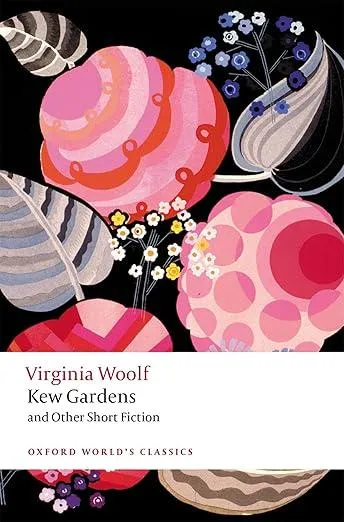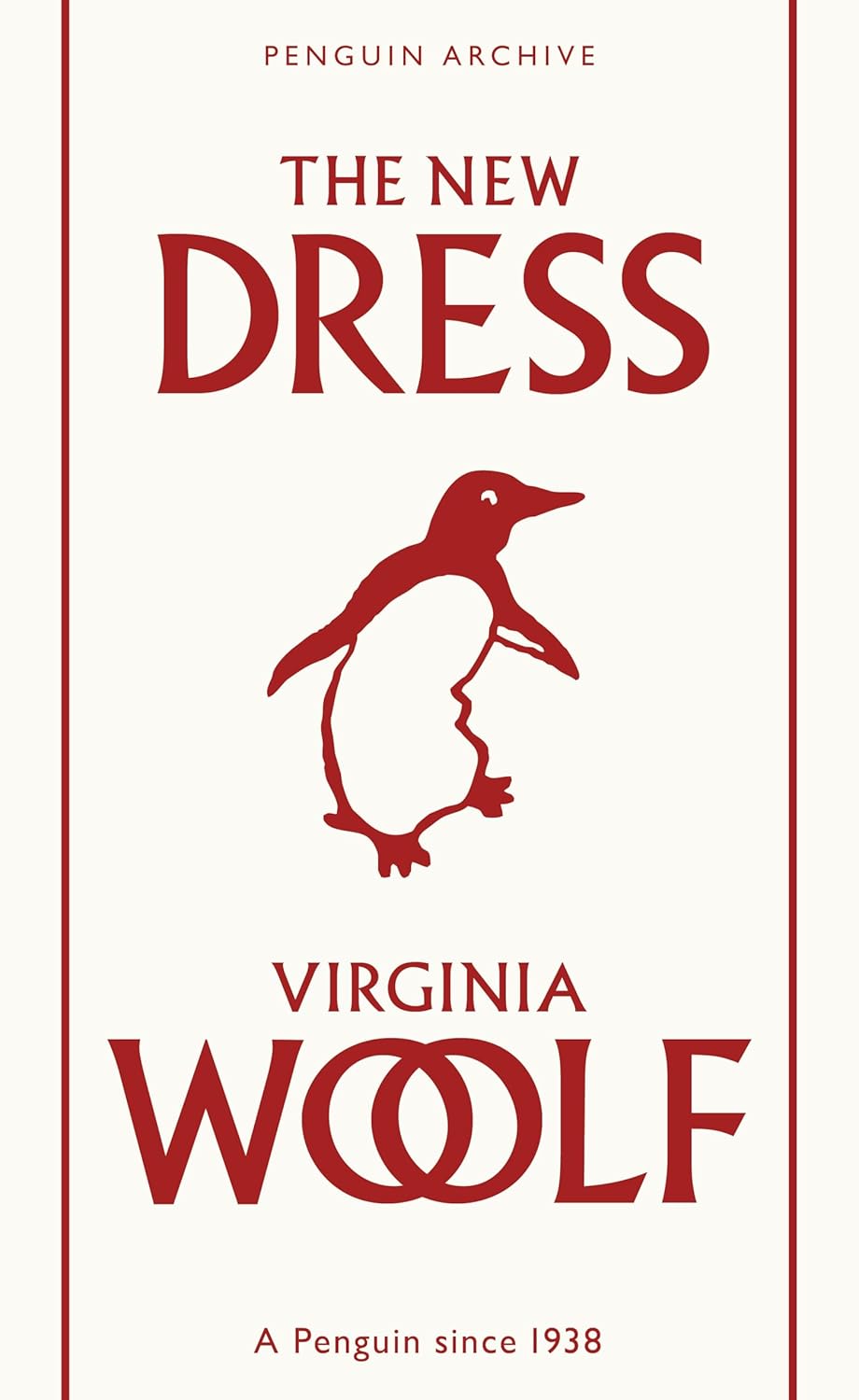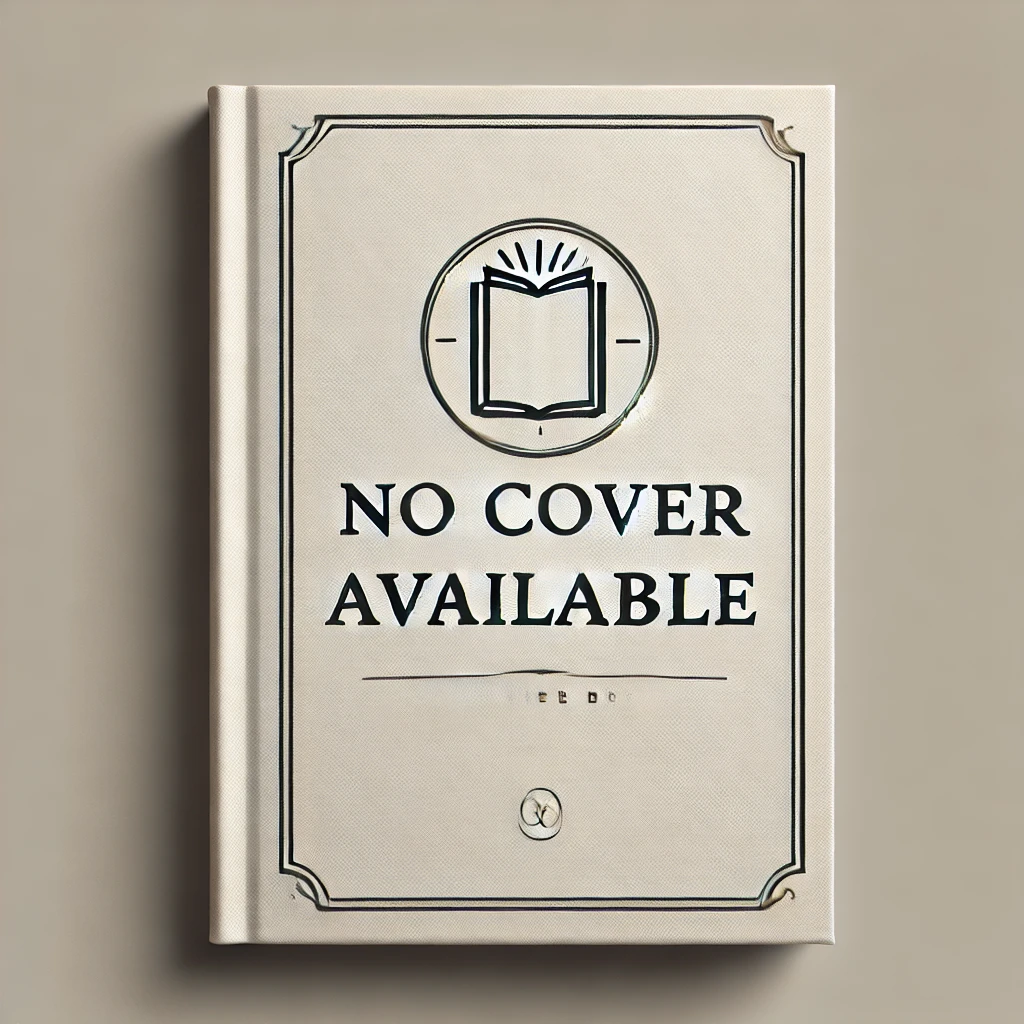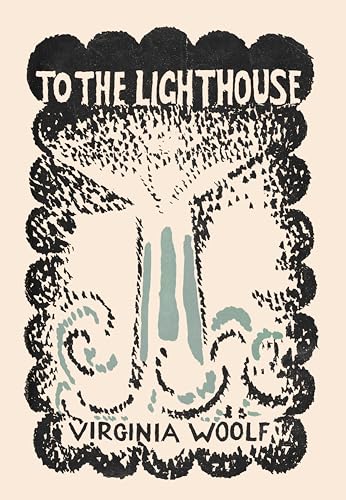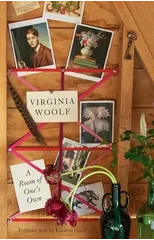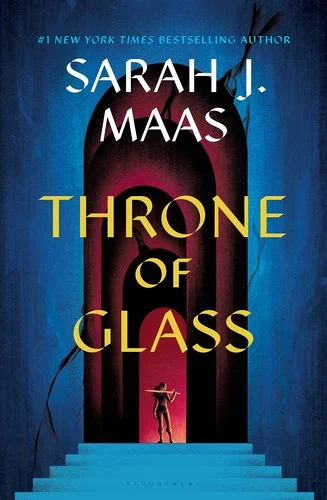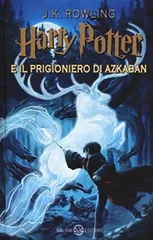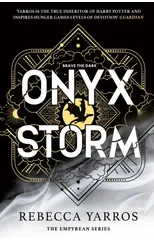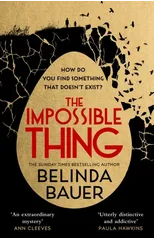Kew Gardens and Other Short Fiction
(Autor) Virginia Woolf'The ponderous woman looked through the pattern of falling words at the flowers standing cool, firm, and upright in the earth, with a curious expression. . .So heavy the woman came to a standstill opposite the oval shaped flowerbed, and ceased even to pretend to listen to what the other woman was saying.' Virginia Woolf's short fiction has long been acknowledged as the place where she tried out some of her more experimental techniques before adopting and adapting them for use in her novel-length works. While this is certainly true, it is also the case that these short pieces are now increasingly being recognized as important works of art in their own right, rather than simply flights of experimental fancy awaiting their full actualization in the novel form. This new edition edited by Bryony Randall emphasises the startling variety in Woolf's experimentation during the most productive period of short fiction writing in Woolf's life, the late 1910s through to the end of the 1920s. It draws readers' attention to the deep political engagements evident across the range of her work and on the recent burgeoning of work in modernist print culture to set out the importance of the material context of these works' initial publication and reception.
Virginia Woolf
Virginia Woolf was a prominent English writer and modernist literary figure. Known for her stream-of-consciousness writing style, she challenged traditional narrative structures and explored themes of gender, class, and mental health in her works. Some of her most notable works include "Mrs. Dalloway," "To the Lighthouse," and "Orlando." Woolf's contributions to literature include her innovative approach to character development and narrative technique, as well as her exploration of the inner lives of her characters. Her most famous work, "Mrs. Dalloway," is considered a masterpiece of modernist literature and a reflection of Woolf's unique literary voice. Woolf's impact on the literary genre is undeniable, as she paved the way for future generations of writers to experiment with form and style in their own works.
